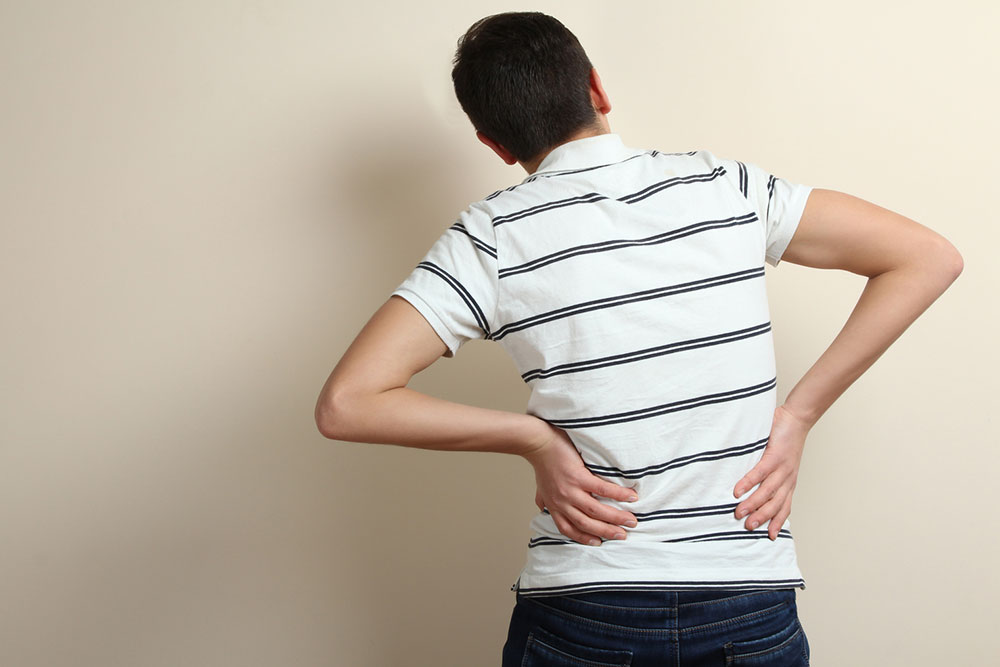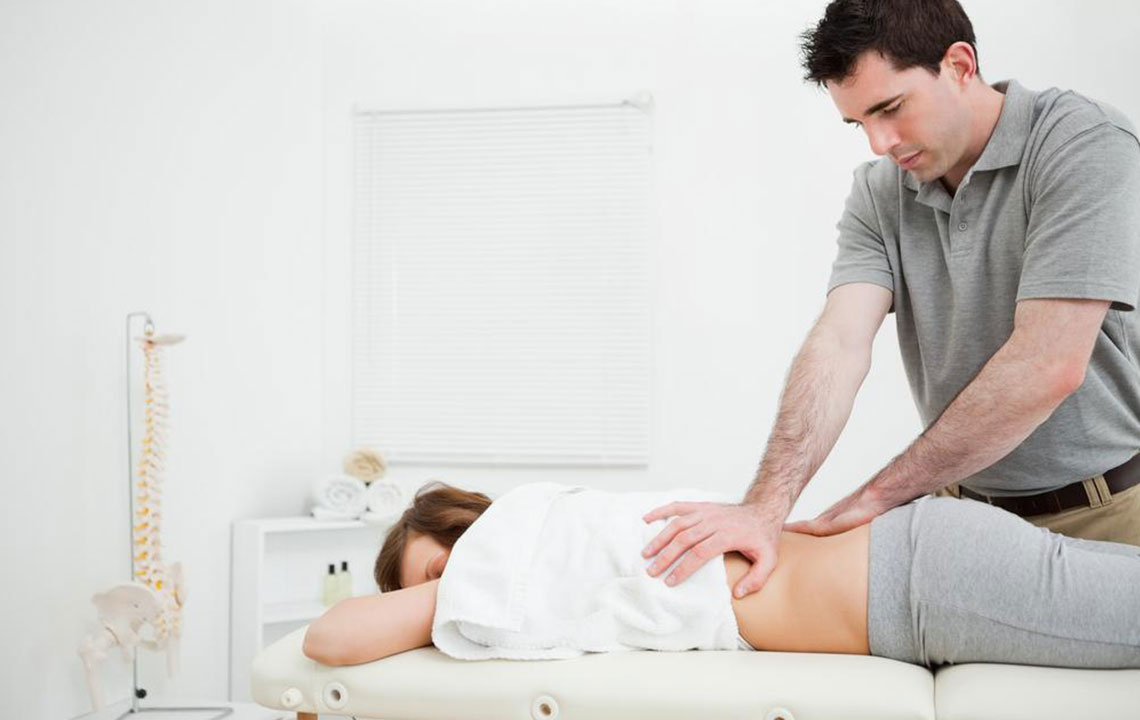Effective Natural Methods to Relieve Lower Back Pain and Improve Spinal Health
Discover over seven natural, effective strategies to manage and alleviate lower back pain. From cold therapy and posture improvements to exercise routines and sleep tips, this comprehensive guide helps you address discomfort safely at home. Maintain mobility, strengthen your back, and prevent future pain with easy-to-implement lifestyle changes and natural remedies designed for long-term spinal health.

Effective Natural Methods to Relieve Lower Back Pain and Improve Spinal Health
Lower back pain is a widespread issue that affects millions worldwide, often disrupting daily routines and diminishing quality of life. Studies estimate that nearly 80% of adults will face lower back discomfort at some stage in their lives. The origins of this pain are diverse, ranging from poor posture and sedentary lifestyles to muscular strain or injury. While professional medical treatments are essential for severe cases, many individuals seek safe, natural, and effective home remedies to manage mild to moderate discomfort. Understanding and practicing these strategies can help alleviate pain, enhance mobility, and promote long-term spinal health.
In this comprehensive guide, we explore over seven natural techniques that anyone can incorporate into their daily routines to combat lower back pain effectively. These methods are simple, cost-effective, and backed by scientific research, making them accessible options for most people seeking relief without the reliance on medications or invasive procedures.
Applying Cold Therapy with Ice Packs to Reduce Inflammation - One of the most immediate and effective natural remedies involves using ice packs on inflamed areas of the lower back. Cold therapy acts by constricting blood vessels, which reduces swelling and numbs nerve endings, providing quick pain relief. It is especially beneficial within the first 24 to 48 hours after the onset of pain or injury. To maximize its benefits, apply an ice pack wrapped in a thin cloth to the affected area for 15-20 minutes at a time, ensuring skin protection from direct contact. Repeating this process every couple of hours can significantly diminish inflammation and facilitate healing. After the initial acute phase, switching to heat therapy, such as warm packs or baths, can help relax muscles and improve circulation. Remember, moderation is key — prolonged exposure to cold or heat can harm the skin.
Stay Active and Avoid Unnecessary Bed Rest
- Remaining physically active is crucial when managing lower back discomfort. While it’s tempting to rest extensively, prolonged bed rest can lead to muscle weakness, joint stiffness, and delayed recovery. Gentle activities like walking, stretching, or specific low-impact exercises promote blood flow, supporting the healing process. Maintaining movement helps prevent stiffness and strengthens supportive muscles, reducing the risk of future episodes. If moving causes increased pain, consult a healthcare professional for tailored activity plans. Overall, remaining as active as tolerated accelerates recovery and maintains spinal flexibility.Optimize Posture and Ergonomics During Daily Activities
- Poor posture during work, leisure, and sleep is a significant contributor to lower back issues. Ensuring ergonomic setups when working at a desk, using supportive chairs, and adjusting computer screens to eye level can reduce strain on the spine. Be mindful of your sitting and standing habits; avoid slouching or leaning forward for extended periods. During leisure activities, maintain proper positioning and avoid repetitive motions that could aggravate back muscles. Additionally, managing body weight through balanced nutrition decreases the load on the lower back, alleviating pressure caused by excess weight and preventing strain.Incorporate Regular Exercise for Spinal Support and Flexibility
- Engaging in routine physical activity is essential for long-term spinal health. Strengthening core muscles, including the abdominals and back muscles, creates a natural support system that stabilizes the spine and prevents injury. Exercises such as gentle yoga, pilates, or targeted core workouts improve flexibility and resilience. Consistent movement also boosts blood supply to spinal tissues, aiding in repair and reducing stiffness. Moreover, relaxation practices like meditation can improve posture awareness by promoting proper alignment and reducing muscle tension. Prioritize exercises that are appropriate for your condition, and consult a physical therapist or trainer if needed.Sleep on the Right Side with Proper Support to Preserve Spinal Alignment
- Quality sleep is vital for healing and pain management. Sleeping positions significantly influence spinal health. Experts recommend sleeping on your side with a small pillow placed between your knees to maintain proper spinal alignment and reduce pressure on the lower back. Avoid sleeping on your stomach, which can strain the neck and lower back, or on an unsupportive mattress that causes misalignment. Investing in a supportive mattress and pillow can enhance sleep quality and aid in recovery. Developing a consistent sleep routine, combined with proper positioning, can contribute to long-term back health and overall well-being.If lower back pain persists despite these natural remedies and lifestyle adjustments, it is essential to consult a healthcare professional promptly. Persistent pain may indicate underlying conditions such as herniated discs, nerve impingements, or other medical issues requiring targeted interventions. Early diagnosis and personalized treatment plans can significantly improve outcomes and restore comfort.





